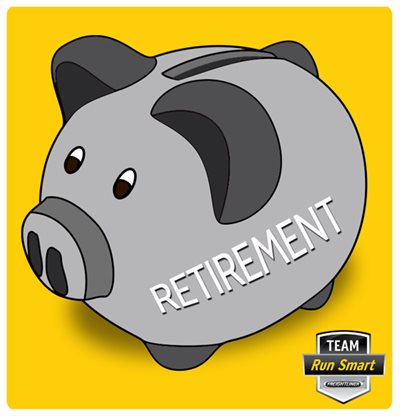In the article Funding Your Retirement – The Basics, we addressed the initial steps in  creating a retirement fund. In this article, we continue with what to look for when choosing a retirement account.
creating a retirement fund. In this article, we continue with what to look for when choosing a retirement account.
Types of retirement accounts:
IRA is short for Individual Retirement Arrangement. Although there are several different types of plans, here are the three most common. There are many details for each type of arrangement, so be sure to speak with a financial advisor when choosing the best IRA for you. A financial professional will also be able to help determine your eligibility status. Choosing the right plan can be the key to the secure retirement you’ve dreamed about.
- Traditional IRA.
This is a way to save for retirement that gives you a dollar-for-dollar reduction on your taxable income for your contributions up to $5,500 ($6,500 if you’re age 50 or older). The amount that you have in your Traditional IRA, including earnings and gains, is not taxed until the funds are withdrawn. Withdraws are allowed after you reach the age of 59½. A 10% additional tax penalty applies if you withdraw from your Traditional IRA before reaching that age.
- Roth IRA.
This is a way to save for retirement that is funded with after-tax dollars. The same contribution limits apply to this plan as with the Traditional IRA, as long as you are eligible for a Roth IRA. Eligibility can become complicated based on income, marriage status, and living situation. You cannot deduct contributions to a Roth IRA on your taxes to reduce taxable income, but withdraws at age 59½ are tax-free as long as you’ve held the account for 5 years. If one should withdraw before age 59½, things get a little tricky. There are many rules and details regarding tax penalties in this situation, so do your research and talk to your financial advisor.
- 401(k).
This is a qualified profit-sharing plan that allows employees and employers to contribute a percentage or portion of their wages into an individual account. Contributions to a 401(k) are excluded from the employee’s taxable income. Contribution limits and details can be found here.
Retirement, like any good collection, builds in value and quantity over the years. It is impossible to create the amount of savings you need to retire if you wait to think about it for another 20 to 30 years. However, if you start now you can take advantage of the time, and use the full value of your hard earned money. Little by little you’ll see your savings grow, and over time you’ll benefit from tax advantages, compounding interest, and you can start dreaming about what to do with all of it when you retire!